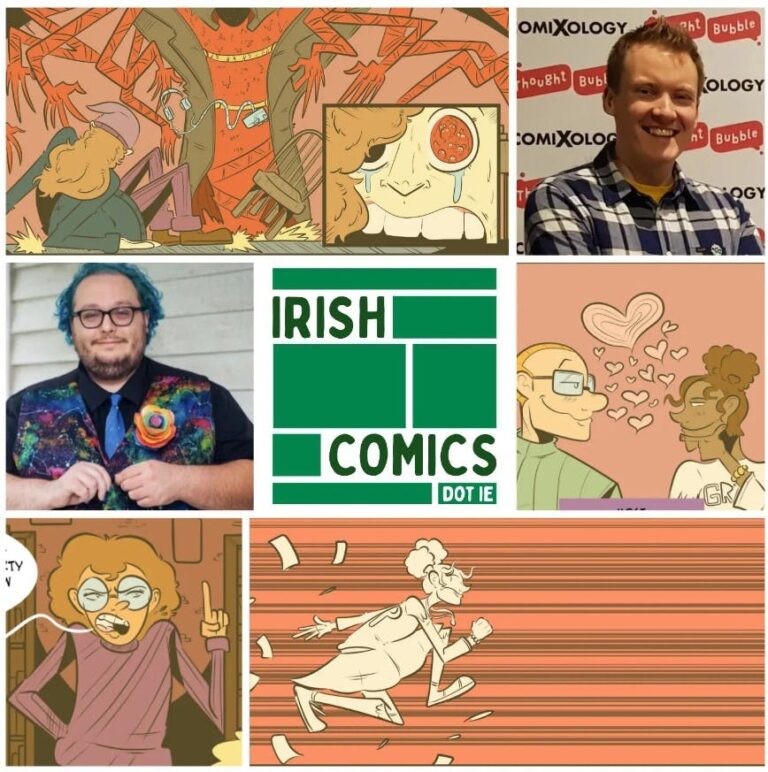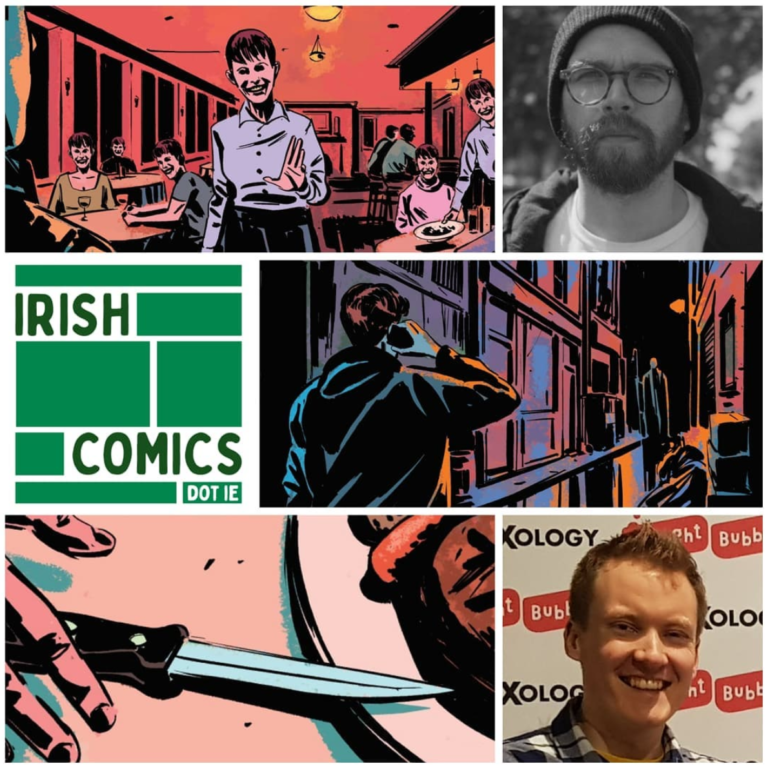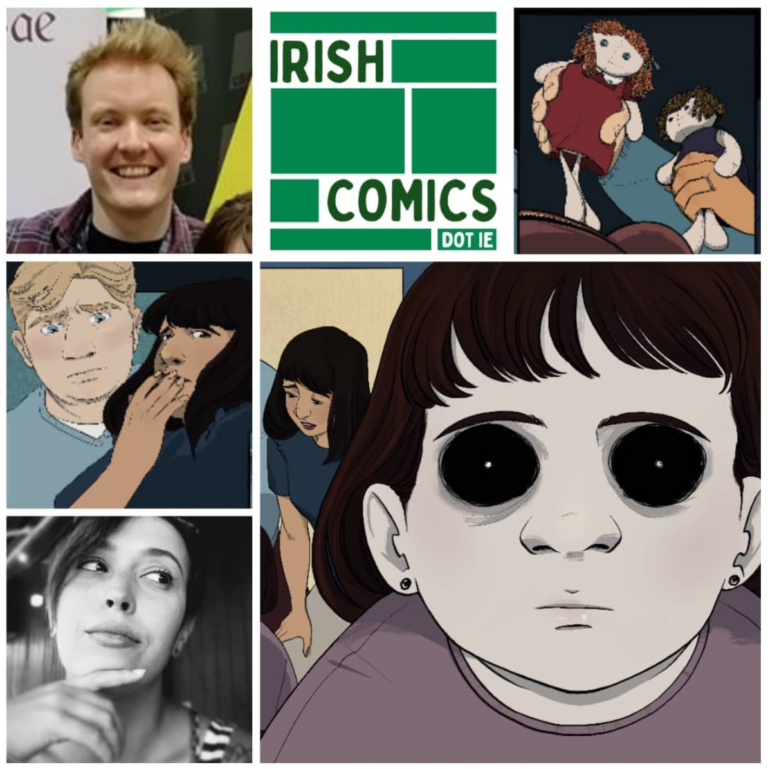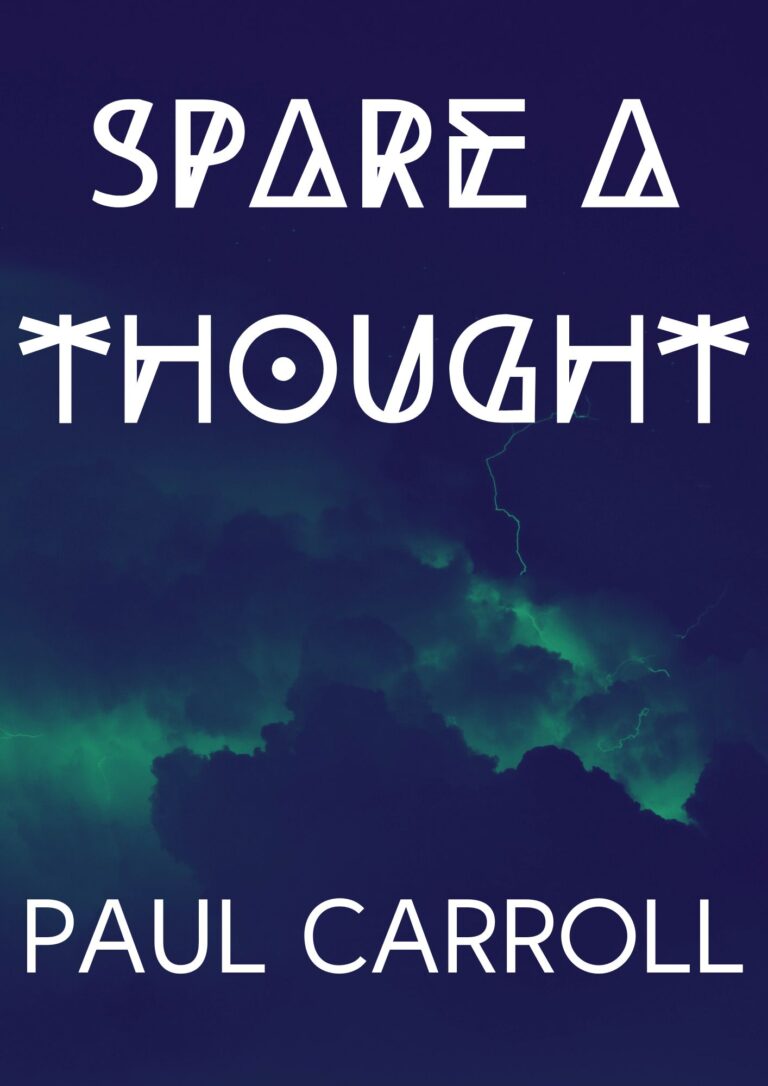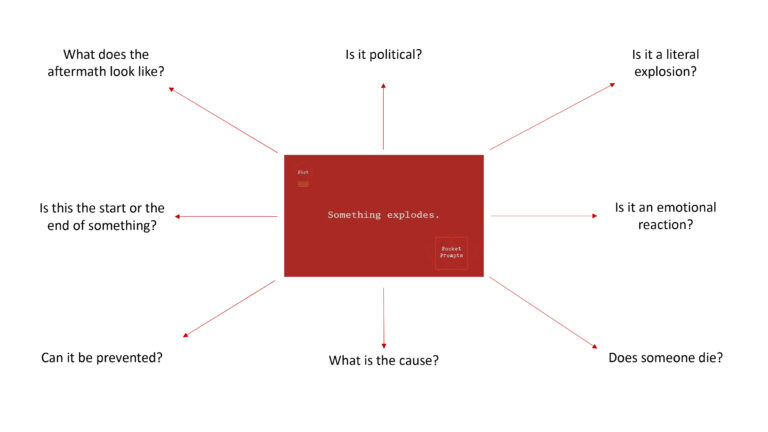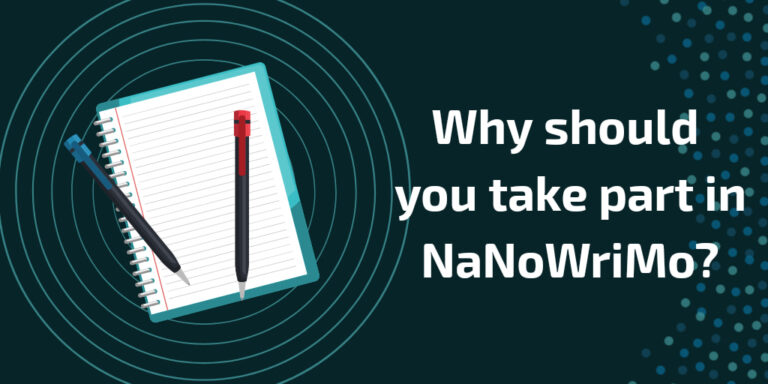Autonomous – Free Short Story
Keeping up with my free short stories every month, this time around I went with a different style and dove into an epistolary style, where each part of the story is a short entry from the protagonist – Dr Harvey Bollard – as he details an excavation of something that shouldn’t exist. It may have…


